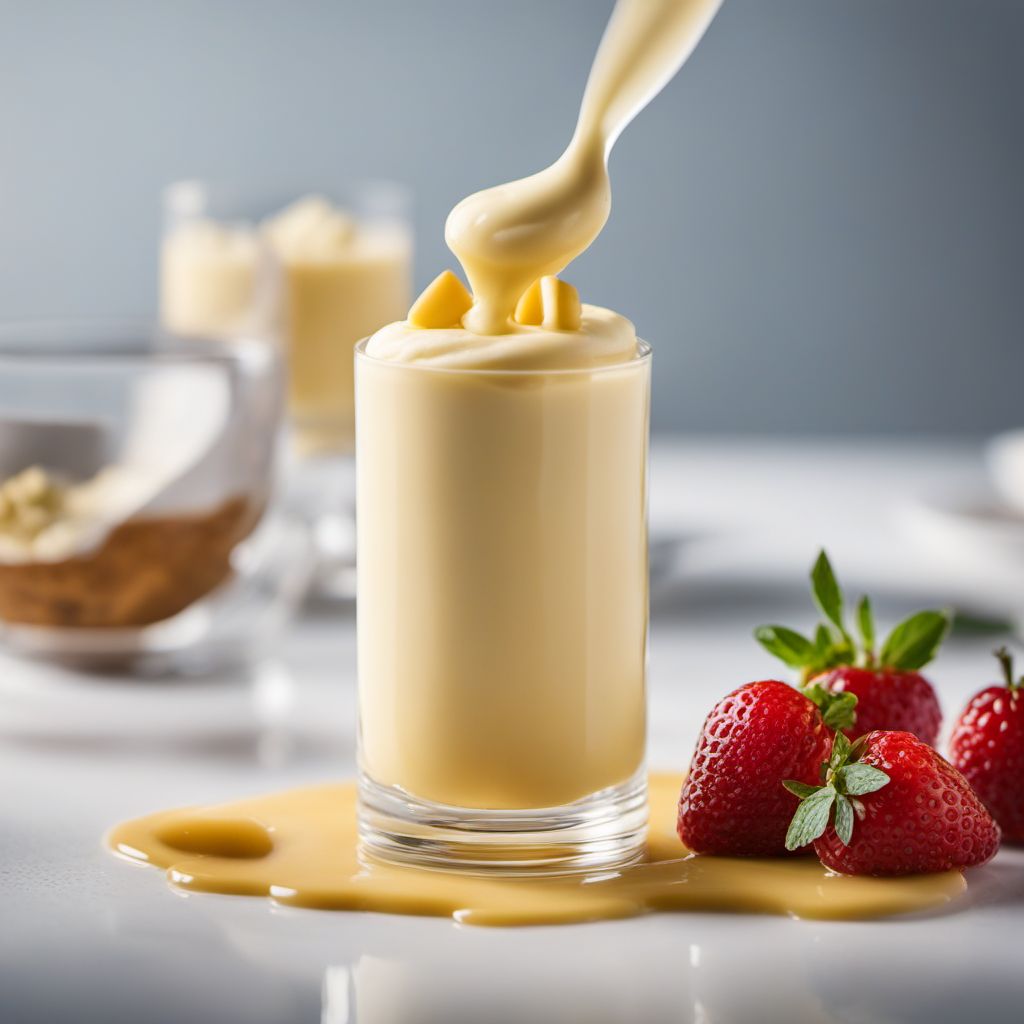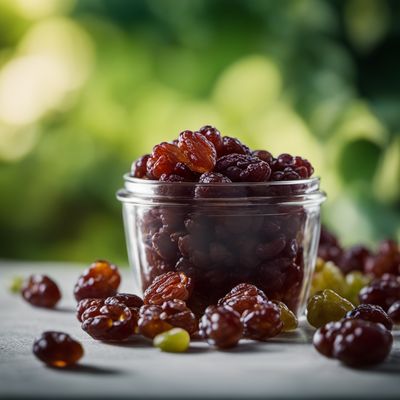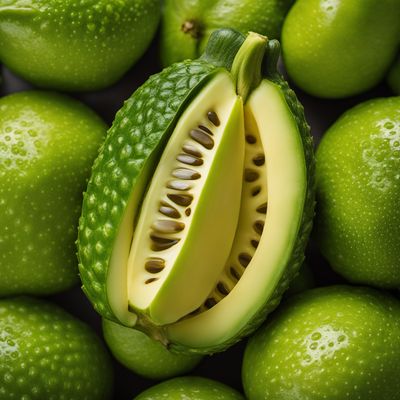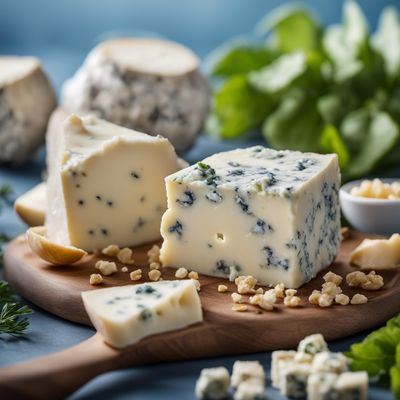
Ingredient
Zabaglione flavour
"Velvety Delight: Exploring the Irresistible Zabaglione Flavour"
Zabaglione flavour is characterized by its smooth and velvety texture, rich custard-like taste, and pale yellow color. It is made by whisking together egg yolks, sugar, and a sweet wine, such as Marsala, over gentle heat until thickened. The resulting sauce has a delicate sweetness and a hint of wine, creating a harmonious balance of flavors. Zabaglione flavour can be enjoyed on its own or used as a decadent topping for desserts like fruit tarts, cakes, or served alongside fresh berries.
Origins and history
Zabaglione, also known as Zabaione, has its origins in Italy, particularly in the Piedmont region. It is believed to have been created in the 16th century and was initially served as a medicinal drink. Over time, it evolved into a popular dessert sauce enjoyed by both the nobility and common people. Zabaglione is deeply rooted in Italian culinary traditions and is often associated with celebratory occasions.
Nutritional information
Zabaglione flavour is rich in protein and essential vitamins and minerals due to the presence of egg yolks. However, it is also high in calories and should be consumed in moderation.
Allergens
Zabaglione flavour contains eggs, which can be allergenic for some individuals.
How to select
When selecting zabaglione flavour, opt for high-quality ingredients such as fresh eggs and a good-quality sweet wine. Look for eggs with intact shells and a fresh aroma. Choose a sweet wine that complements the flavor profile you desire, such as Marsala for a traditional taste or a fruity wine for a twist.
Storage recommendations
Zabaglione flavour is best enjoyed fresh, but if you have leftovers, store them in an airtight container in the refrigerator for up to 2 days. Reheat gently over a double boiler before serving.
How to produce
Zabaglione flavour can be easily made at home by whisking together egg yolks, sugar, and a sweet wine in a heatproof bowl. Place the bowl over a pot of simmering water and continue whisking until the mixture thickens to a custard-like consistency.
Preparation tips
To achieve a smooth and creamy zabaglione flavour, ensure that the heat is gentle and constant while whisking the mixture. Avoid overheating, as it can cause the eggs to curdle. For a lighter version, you can substitute part of the sugar with honey or use a non-alcoholic alternative to wine.
Culinary uses
Zabaglione flavour is commonly used as a topping for desserts like fresh fruit, cakes, or tarts. It can also be incorporated into other desserts, such as trifles or parfaits, or used as a filling for pastries. Additionally, zabaglione flavour can be enjoyed on its own as a luxurious dessert sauce.
Availability
Zabaglione flavour is commonly available in Italian specialty stores or gourmet food markets. It can also be made from scratch using readily available ingredients.
More ingredients from this category » Browse all

Blackberry flavour
The Essence of Luscious Berries

Brown sugar flavour
Sweet and Rich: Unveiling the Essence of Brown Sugar Flavour

Malaga / raisins flavour
The Sweet Essence of Sun-Drenched Grapes

Cumin flavour
"The Earthy Elixir: Unveiling the Enchanting Cumin Flavor"

Tonic flavour
"The Zest of Tonic: Unleashing the Vibrant Flavors of a Culinary Essential"

Guanabana flavour
Exotic Tropical Delight

Cucumber flavour
"Cool and Refreshing: Exploring the Delicate Essence of Cucumber Flavor"

Apricot flavour
"The Essence of Sun-Ripened Apricots: Exploring the Delightful Apricot Flavour"

Blue cheese flavour
The Bold and Tangy Indulgence

Amarena cherry flavour
The Sweet and Tangy Essence of Amarena Cherries

Brittle flavour
The Delightful Crunch: Exploring the World of Brittle Flavor

Fennel flavour
The Versatile Herb with a Licorice Twist